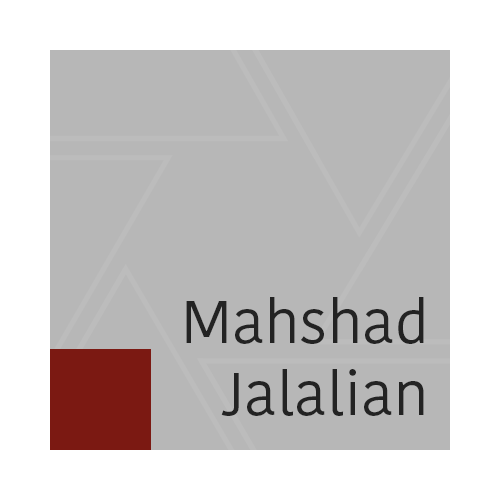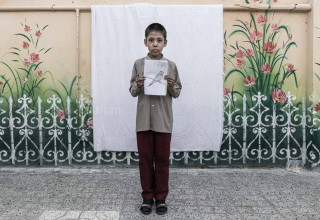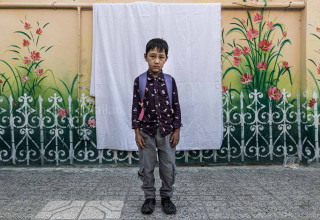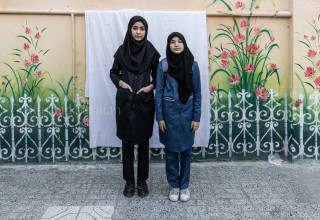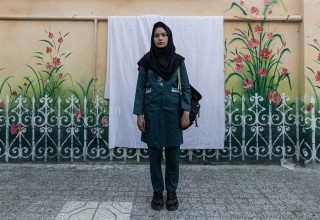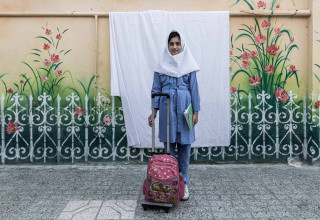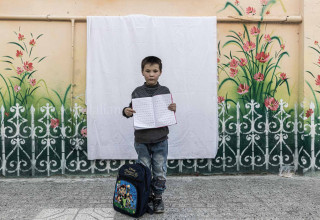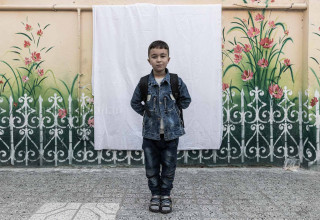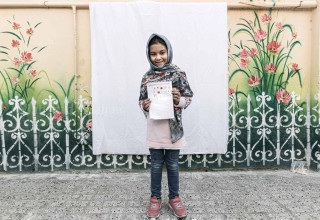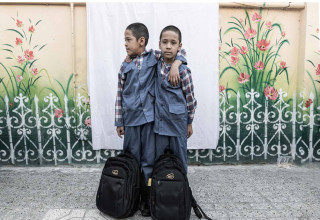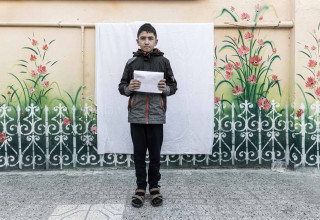Project description
Iran hosts one of the largest refugee populations in the world, the majority of whom come from Afghanistan. Around 780,000 registered Afghan refugees and another 2.2 million who are either undocumented or have received a headcount laissez-passer live in Iran. 96% of Afghan refugees live in urban areas, while the other 4% live in approximately 20 refugee settlements across the country. Among all Afghans in Iran, 500,000–1,000,000 arrived in the country after the Taliban takeover in August 2021. Of those registered by UNHCR as newly arrived as of early 2022, 45% were under 18 and 58% were female. 23% of households were female-headed.
In recent years, the Iranian Government has slowly introduced policies to increase the provision and renewal of Amayesh cards (refugee identity cards). Amayesh cards grant registered refugees’ conditional freedom of movement, temporary work permits, and access to the national education and healthcare systems. Primary healthcare is available for free for both refugees and undocumented people. Amayesh cardholders can also access Iran’s Universal Public Health Insurance Scheme. All children in Iran have access to primary and secondary education regardless of status.
According to Tasnim News Agency, Supreme leader of Islamic republic of Iran said: “No Afghan child, not even immigrants who came to Iran illegally and without documents, must be kept from an education and all of them must be schools. The regulations for the establishment of schools for foreign nationals have been approved by the Supreme Council of Education in its 755th meeting in 2016. Schools for foreign nationals are schools that are established based on contracts or cultural agreements between the government of the Islamic Republic of Iran and other countries or based on the request of foreign embassies in Iran as founders, with the approval of the Ministry of Foreign Affairs and the approval of the Supreme Council of Education, provided they agree to reciprocity.
Compliance with the laws of the Islamic Republic of Iran and the approvals of the Supreme Council and the instructions issued by the Ministry of Education are mandatory in these schools. Monitoring the activities of schools of foreign nationals is one of the duties of the Ministry of Education, and the Ministry of Education can, at its discretion, designate and appoint a representative to be established in each of these schools in order to monitor the good implementation of affairs.
Despite further information, there are a number of self-governing schools operating in Mashhad, covering between 1,000 and 1,500 students. These schools are not under the supervision of education or national administration of the governorate, but in these four decades, they have been able to shoulder part of the burden of education. It should also be noted that these schools do not only educate non-Iranian children such as Afghans, Pakistanis, etc., and even until last year, a large part of children of Iranian mothers studied in such schools. Nationality is not important for these schools, and only when it is determined that a student is not able to enroll in public schools and is deprived of education, they are enrolled in these schools.
My hometown city is the second crowded and religious urban of Iran where located in relatively north-east of Iran. Consequently, there is a largest Land border. Among 2.1 million Afghans near 95% lives in Mashad; And Many come on go is yearly happen in.
As major problem it is noted that Iran only accepted the immediate inheritance of citizenship from the father, with the citizenship of children born to Iranian women married to non-Iranians possible only after the age of 18, and on certain conditions. children of non-Iranian fathers and under the age of 18 were left without ID cards and consequently deprived of many primary rights, including the opportunity to study at school. Consequently, The Afghan Kids Attend on Autonomous school.
There is at least 3 Autonomous school in Mashad and Approximately all the pupils are the one without any Iranian ID. Self-governing schools usually have few facilities and since they are not supported by an institution or center, they face many problems, but the lack of textbooks causes these difficulties to multiply. Although educational content and Iranian books are taught in these schools, no books are assigned to these schools. After more than two months of the new academic year, more than half of the students in these schools do not have books. There is no place to make demands because no mechanism has been defined for this matter and self-governing schools have not been recognized. In the past years, when books were offered in stationery stores, bookstores, etc., it was possible to purchase books, but in these years, when books are offered with a national code. These schools cannot receive academic books and have to buy books from the black market at very high prices.
To sum up, The large number of the refugee kids quit the education or continue on non-governmental school in the case their document will be received, they will register on governmental school in other hand they might quit the education and stay illiterate for the rest of their life.
Pictures
